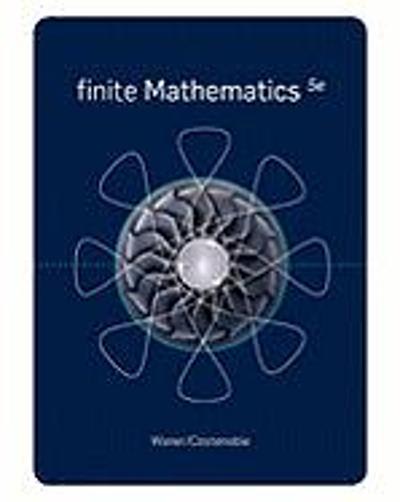Question
Part #1: 19 of 22 participants (86.36%) from the high-power posing group took a gambling risk to double their money, while 12 of 20 (60%)
Part #1: 19 of 22 participants (86.36%) from the high-power posing group took a gambling risk to double their money, while 12 of 20 (60%) from the low-power posing group took the gambling risk. Use a calculator tool from Module 10 to determine the p-value associated with the hypothesis test examining if there is a statistically significant difference between the proportion of people willing to take risks in the two groups. Round to 3 decimal places.
The answer I got is 0.052
Part #2: While it may even be questionable that the research team reported a significant result at the 0.05 level based upon our findings in question 1, let's observe the major impact a slight change makes in our calculation. Recalculate the p-value from part 1, but let's pretend that 18 of the 22 participants in the high-power group took the gambling risk. This new p-value speaks to the volatility of results when low sample sizes are used. Round this p-value to 3 decimal places. This is the one I'm having a problem with.
Step by Step Solution
There are 3 Steps involved in it
Step: 1

Get Instant Access to Expert-Tailored Solutions
See step-by-step solutions with expert insights and AI powered tools for academic success
Step: 2

Step: 3

Ace Your Homework with AI
Get the answers you need in no time with our AI-driven, step-by-step assistance
Get Started


